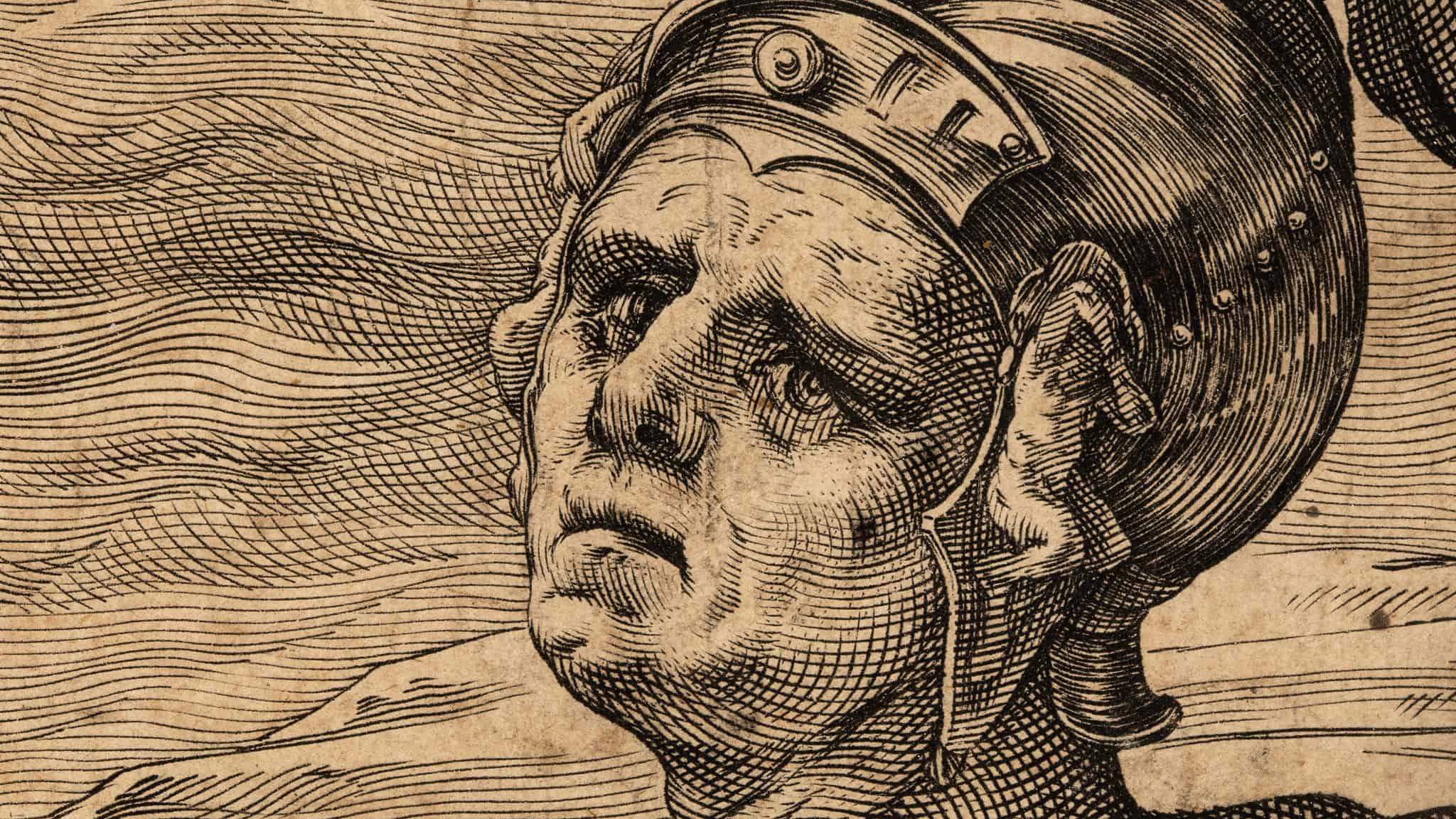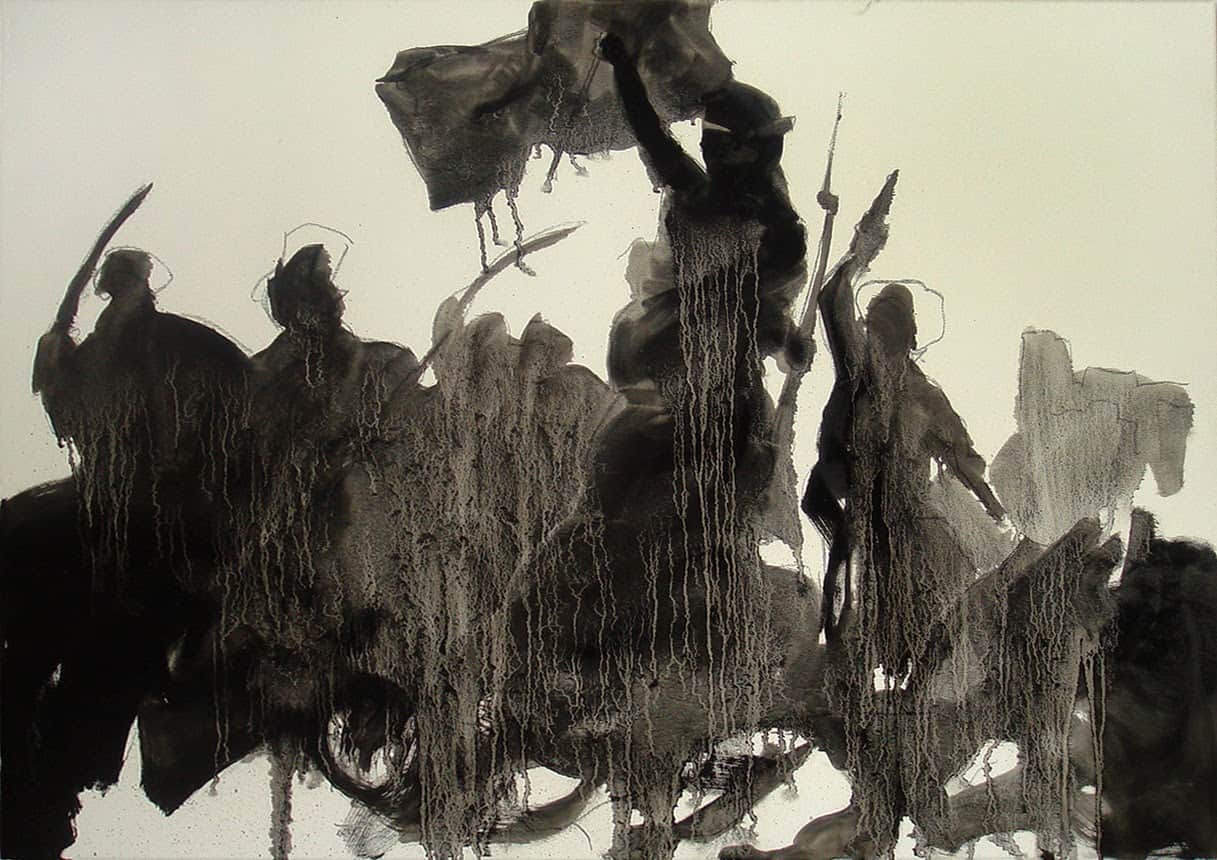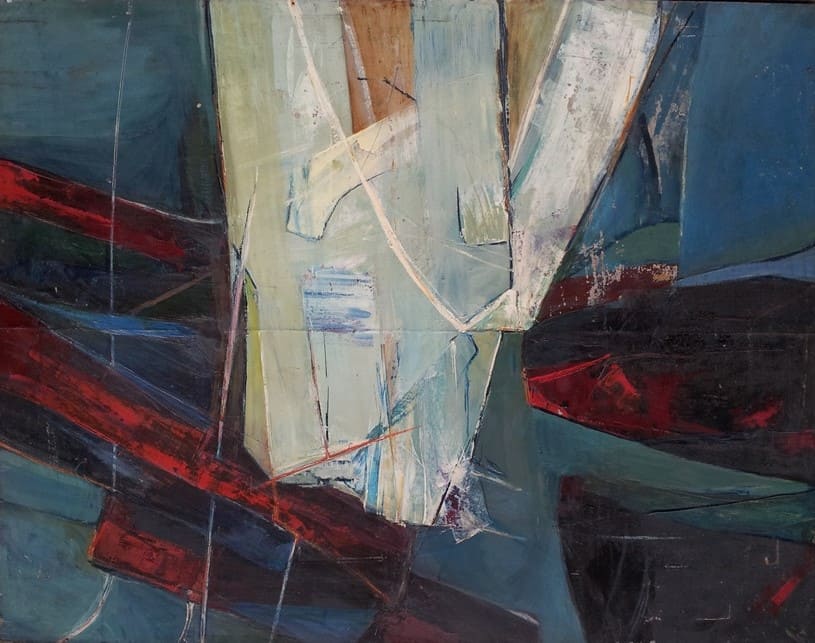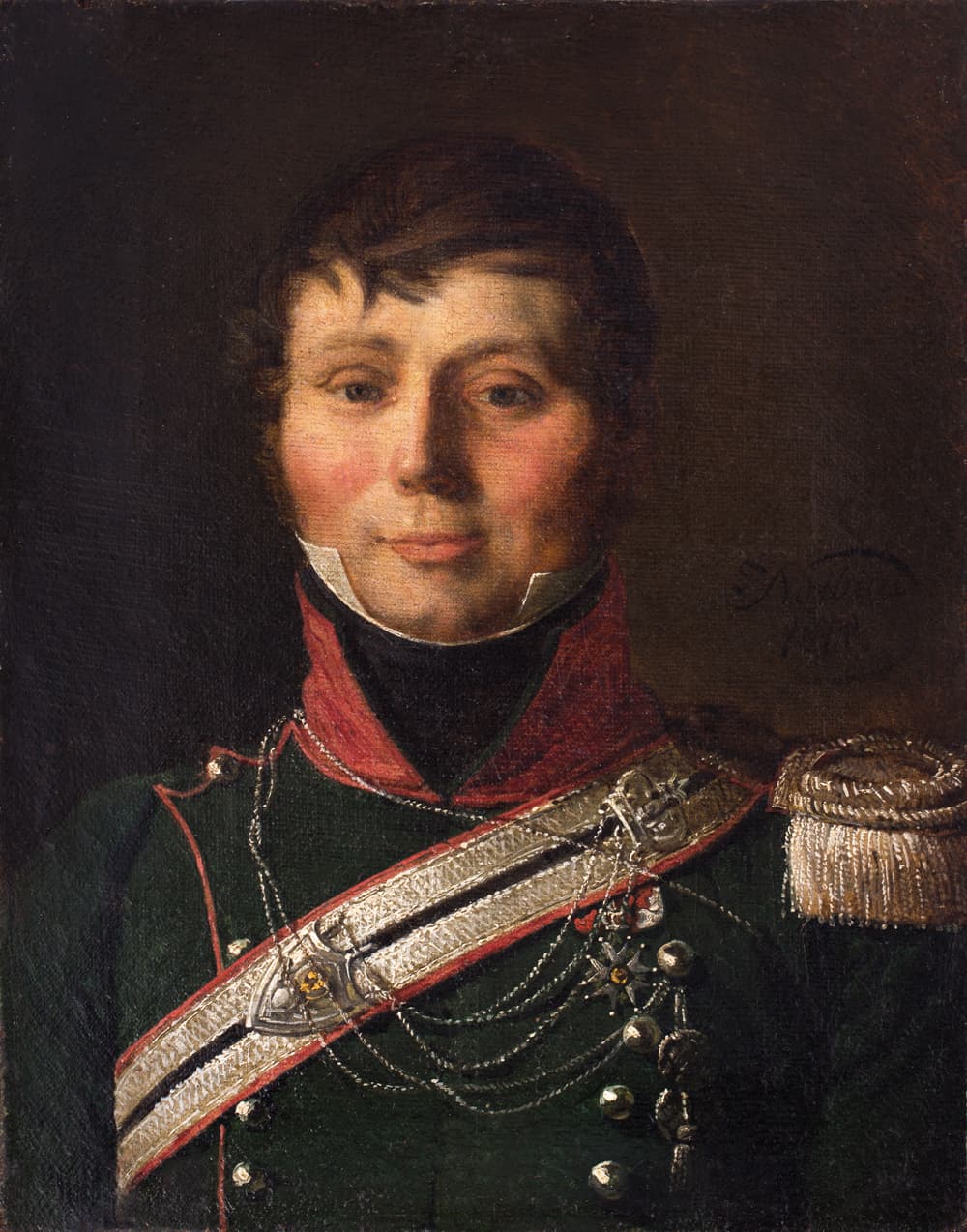Are you looking for artwork tailored to your space and wallet? A classic 18th-century portrait or a painting by a contemporary artist that you can purchase without moving from the sofa? Look no further then on these 5 recommended artworks on Collector’s Zone/ Allegro, available to buy now, just at your fingertips.

Hendrick Goltzius (1558 – 1617) “Calpurnius”, 1586, engraving on paper 35,5 x 23 cm, signed with a monogram: HG fecit
Hendrick Goltzius was a German-born Dutch printmaker, draftsman, and painter. He was the leading Dutch engraver of the early Baroque period, or Northern Mannerism, lauded for his sophisticated technique, technical mastership and “exuberance” of his compositions. According to A. Hyatt Mayor, Goltzius “was the last professional engraver who drew with the authority of a good painter and the last who invented many pictures for others to copy”.[1] In the middle of his life he also began to produce paintings (Wikipedia).
Another copy of this print was part of the collection of a Danzig burgher, collector and bibliophile, Jacob Kabrun- his collection amounted to 8800 prints and drawings, which later became the core of the collection of National Museum in Gdańsk. This particular copy from Kabrun collection, marked with unique emblems, was lost in the WW II, which underscored the exceptionality of the object offered by Koneser Gallery.
Lot by Koneser Gallery, Kraków

Leszek Dziedzic, Tadeusz Kantor, “Niech Sczezną artyści”/”May the artists perish”, 1985, bromine/paper, 28,6 x 38,5, 3/3, two author stamps on the back.
Leszek Dziedzic, Tadeusz Kantor, “Niech Sczezną artyści”/”May the artists perish”, 1985, bromine/paper, 28,6 x 38,5, 3/3, two author stamps on the back.
Tadeusz Kantor (1915-1990) is best known as an outstanding and highly original figure of 20th century theatre, as well as the creator of his own theatre group and of productions imbued with poetry derived from his own complex Galician origin. He is also known for being one of the most important figures of the Kraków art scene and arguably the most prominent representative of the informel art movement in Poland. Kantor is also credited with inventing and naming the medium of emballage (from French ‘emballer’ – ‘to wrap’), a practice of wrapping up various objects, which defined his art works following the Informel period.
The spectacle „May the artists perish” was created in collaboration with Institut für moderne Kunst In Nurimberg and Centro di Ricerca per il Teatro in Mediolan. Kantor also accepted the invitation of the German art collector Karl G. Schmidt to Nuremberg, where the last rehearsal took place as well as the opening night. (Culture.pl).

The Krasnals, GOOD MORNING EUROPE – I’M COMMING HOME La Liberté guidant le peuple, Liberté, Égalité, Fraternité – tribute to E. Delacroix, 2015, oil on canvas, 65 x 92 cm
The Krasnals, GOOD MORNING EUROPE – I’M COMMING HOME La Liberté guidant le peuple, Liberté, Égalité, Fraternité – tribute to E. Delacroix, 2015, oil on canvas, 65 x 92 cm
The Krasnals is a Polish art collective founded in 2008. The members until today remain anonymous. They are largely active through their blog. Their actions, usually containing an aspect of provocation, address the socio-political reality and often generate extreme reactions.
Lot by ArtAgendaNova Gallery
A work by Jan Piotr Norblin, one of the most important painters of the kingship of Stanisław August Poniatowski and the father of the Polish genre painting. The piece represents the captain of the 1 regiment of Chasseurs – the vertical composition shows the male bust en face. The captain wears a formal uniform with a high-neck collar, decorated with a band and various distinctions. The figure is shown against a vague, brownish background. One of the orders is recognisable as the medal of the Legion of Honour in the class of Chevalier. As Feliks Kopera, one of the most famous art historians of Kraków in the 20th c., and the director of the National Museum in Kraków, wrote : “(Norblin) was a spiritual son of the Polish soil, his talent was informed by it and it was the Polish land which made him such a versatile painter of works imbued with so Polish a character that they predicted our extremely national, home-grown art of Michałowski, Kossak, Brandt, Chełmoński, even Grottger. The themes addressed by Norblin were always Polish, till the end of his life, even in the later, French period of his art. This fact coupled with the inspiration he became to the younger generations gave him the title of one of the creators of the Polish national school of painting.”
Lot by Koneser Gallery

Andrzej Meissner, Composition, 1956, oil/plate, 102 x 130 cm, signed on the back
Andrzej Meissner, Composition, 1956, oil/plate, 102 x 130 cm, signed on the back.
The short but intense flourishment of Andrzej Meissner’s art took place in the 50s in the artistic scene of Kraków. He studied at the Academy of Fine Arts in Kraków under the guidance of Hanna Rudzka-Cybisowa, to whom he owes artistically the sensitivity to colours and freedom of expression. Meissner had the opinion of a talented, but rebellious student, which derived from the artist’s rejection of the soc-realist ideology. The difficult experiences of the early Stalinism led him to search his own means of expression, coinciding with aspirations of the young generations of Kraków’s artists. He joined the artistic group led by Tadeusz Kantor, among whom were Maria Jarema, Tadeusz Brzozowski, Jonasz Stern, Jadwiga Maziarska and Erna Rosenstein, who all sought freedom of artistic expression. Between 1056 and 1057 he took part in the group exhibition of the young visual artist of the Kraków circle in the Palace of Art, which was soon to be recognised as the generational manifest of the Kraków artistic environment. Initially, Meissner produced figurative works, which survived only in few reproductions. His style was then characterised by linear compositions, synthesis of forms and thick contours. Majority of his informel pieces Meissner created between 1956 and 1957, and most of surviving works by him belong to this prolific period in the artist’s oeuvre.
Lot by Galeria Dyląg
See all available artworks here
The article is part of “Step by Step” series created in collaboration with Collector’s Zone / Allegro.











